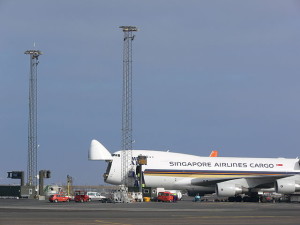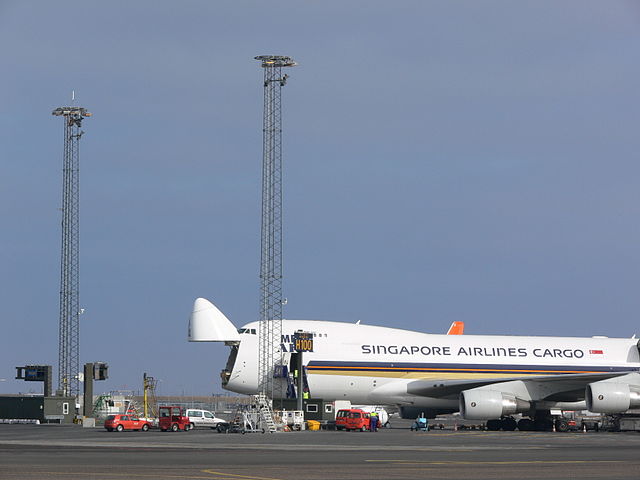 Flag carrier Singapore Airlines (SIA) recorded a net profit of S$203 million in the third quarter of October-December 2014, which is $153 million higher than S$50.1 million year-on-year but which is mainly attributed to gains from the consolidation of Tiger Airways.
Flag carrier Singapore Airlines (SIA) recorded a net profit of S$203 million in the third quarter of October-December 2014, which is $153 million higher than S$50.1 million year-on-year but which is mainly attributed to gains from the consolidation of Tiger Airways.
SIA explained that the improvement was largely due to a $56 million exceptional gain, compared to an exceptional loss of $80 million last year, as Tiger Airways became a subsidiary during the quarter.
This led to a gain of $120 million “arising from the remeasurement of the Group’s retained interest in Tiger Airways at fair value.”
However, the gain was dented by an impairment loss on SIA Cargo’s 16% investment in China Cargo Airlines amounting to $64 million due to excess capacity since the global financial crisis, “without near-term prospects for a turn-around.”
Excluding Tiger Airways, which made an operating profit of $4 million during the quarter, group operating profit declined $8 million, or 5.3%, to $143 million. Group revenue increased by $39 million, or 1%, year-on-year to $3.914 billion.
Passenger revenue rose 2.1% despite a slight 0.6% dip in traffic, as yields improved 2.7% from the corresponding period last year.
Cargo revenue fell 1.2%, mainly driven by a 3.3% capacity reduction, the effect of which was partially offset by a 1.6 percentage-point improvement in load factor.
Operating profit for October-December for the SIA group declined $43 million (or -33.1%) year-on-year. Growth in revenue (+$35 million) was more than offset by a $78 million increase in operating costs, which mainly arose from an exchange loss against an exchange gain last year (+$32 million), and higher aircraft standing charges (+$22 million).
For their freight business, SIA Cargo recorded an operating profit of $17 million, which the company described as “the best third quarter result since financial year 2010-11.” The improvement was principally due to the increase in load factor, with yield remaining largely flat.
For the nine months to December 2014, the group posted a net profit of $328 million, $5 million lower (-1.5%) than in the last financial year. Group operating profit was $318 million, $2 million lower (-0.6%) than in the same quarter last year.
For its third quarter 2014-2015 operating performance, the parent airline company’s passenger carriage (in revenue passenger kilometers) declined 1.9%, against a 0.5% drop in capacity (in available seat-kilometers) during the third quarter of the financial year. As a result, passenger load factor fell 1.1 percentage points to 78.3%.
SilkAir recorded a passenger load factor of 72.2%. The 7.6% growth in passenger carriage outpaced the increase in capacity (+4.4%), leading to a 2.2 percentage-point increase in load factor.
SIA Cargo’s freight carriage fell marginally by 0.9%, on the back of a 3.3% reduction in capacity. Load factor was up 1.6 percentage points to 65.1%.
Looking ahead, SIA sees challenges that it said it it will be “proactive in meeting” through continued focus on customer service and cost discipline.
While the decline in oil prices is generally positive for the airline industry, hedging and competition will limit the effect on the group’s earnings. Moreover, falling oil prices may be a manifestation of a slowdown in global economic activity, which may ultimately have a negative effect on air travel demand.
Advance passenger bookings for the January-March quarter are positive, largely attributable to Chinese New Year demand. Competition remains intense, however, and efforts to stimulate demand in weaker markets will keep yields under pressure.
Airfreight demand has seen a moderate recovery recently, but competitive pressure on yield is expected to continue due to excess capacity in the market.
Photo: Larsz





